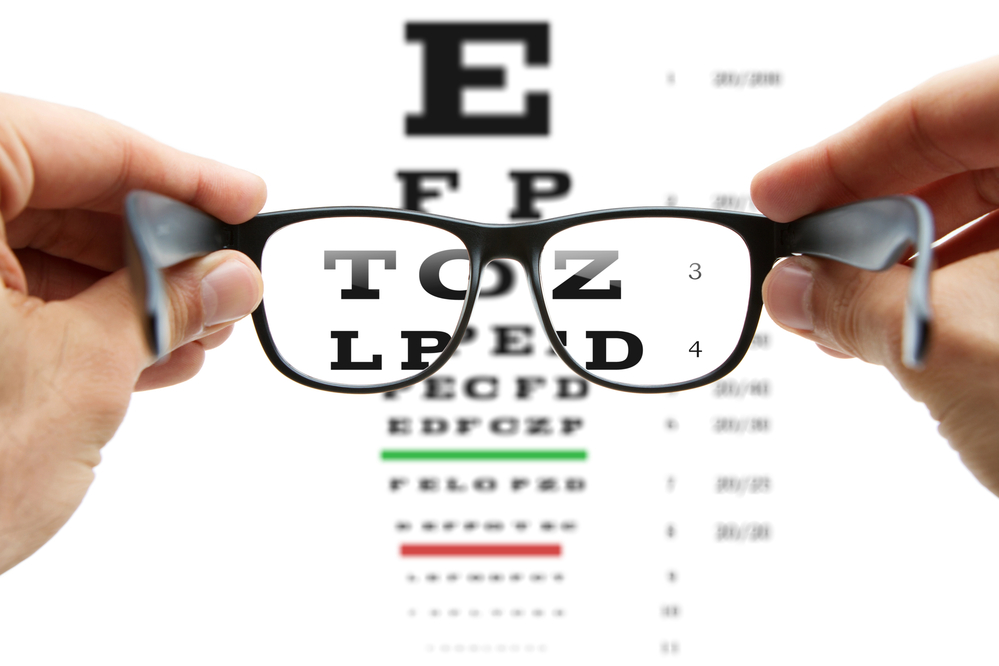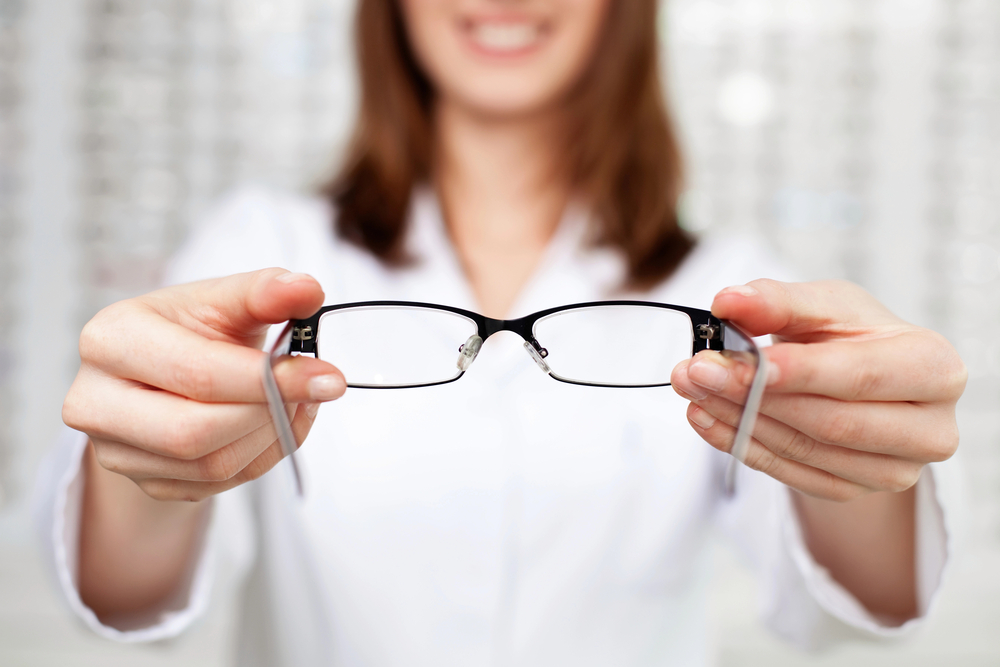Featured
Shopping for glasses can be an exciting yet overwhelming experience. With so many styles, lenses, and brands to choose from, picking the perfect pair can feel daunting.
This guide will walk you through the main points to think about to ensure you find glasses that improve your vision – and complement your style and meet your needs.
Shopping for glasses: step by step guide

Step 1: Understand Your Prescription
Before you start shopping, it’s essential to have an up-to-date prescription from an optician. Your prescription will include details such as the sphere (SPH), cylinder (CYL), and axis for each eye, as well as any necessary add power for bifocals or varifocal lenses. Understanding these values is crucial as they determine the type of lenses you need.
Step 2: Choose the Right Frame
The frame is a critical component of your glasses as it affects both comfort and style. Here are some factors to consider:
- Face Shape: Go for frames that complement your face shape. For example, round faces often look good with square or rectangular frames, while angular faces can benefit from round or oval frames. There are lots of different frame shapes available and you can even browse and buy reading glasses online for added convenience.
- Material: Frames come in lots of materials, including plastic, metal, and titanium. Plastic frames are lightweight and come in a range of colours, while metal frames are durable and offer a sleek look. Titanium frames are hypoallergenic and extremely durable.
- Fit: Ensure the frames fit well. They should sit comfortably on your nose and ears without slipping or pinching. The width of the frame should match the width of your face.

Step 3: Consider Lens Options
Lenses are just as important as frames. There are several types of lenses to choose from, each catering to different needs:
- Single Vision Lenses: These lenses have a single prescription throughout and are used for either distance or near vision.
- Bifocal Lenses: Bifocals have two distinct sections for distance and near vision, separated by a visible line.
- Varifocal Lenses: Varifocal lenses offer a seamless transition between different vision zones, catering to distance, intermediate, and near vision without visible lines.
- Lens Material: Common materials include plastic, polycarbonate, and high-index plastic. Polycarbonate lenses are impact-resistant and great for active lifestyles, while high-index lenses are thinner and lighter, ideal for stronger prescriptions.
Step 4: Look at Lens Coatings
Lens coatings can make your glasses even more functional and durable:
- Anti-Reflective Coating: Reduces glare and reflections, boosting clarity and comfort, especially when using digital devices or driving at night.
- Scratch-Resistant Coating: Protects lenses from scratches, prolonging their life.
- UV Protection: Blocks harmful UV rays, protecting your eyes from sun damage.
- Blue Light Filter: Reduces blue light exposure from screens, which can reduce eye strain and help sleep.

Step 5: Consider Style and Aesthetics
Your glasses should reflect your personal style. Consider factors such as colour, design, and brand. Classic colours like black and tortoiseshell are versatile, while bold colours and patterns can make a fashion statement. Designer brands often offer stylish options, but there are also many affordable brands that provide trendy and high-quality frames.
Step 6: Try Before You Buy
Whenever possible, try on glasses before purchasing. Many opticians offer virtual try-on tools that use your camera to show how frames will look on your face. Additionally, some online retailers provide home try-on services where you can order several frames to try at home and return the ones you don’t like.
Step 7: Think About Your Budget
Glasses can range from budget-friendly to high-end designer prices. Determine your budget beforehand and explore options within your range. Don’t forget to factor in the cost of lenses and any additional coatings or treatments.
Image Credit: depositphotos.com






























